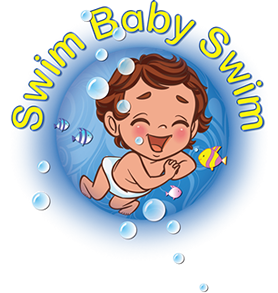 What to bring along
What to bring along
- “The Splash Nappy” – We provide these at cost as we really think they are a great product and work out a lot cheaper than the disposable ones. It is a neoprene reusable nappy, similar to wet suit material that is nice and comfy and works a charm. The Splash Nappy costs R185 (for our Little Swimmers), and is great for the Little Swimmers that aren’t quite fully potty trained yet.
- Disposable paper nappy, worn under The Splash Nappy (this is optional but makes the clean-up of a potential no.2 easier). Please do not use regular nappies, as these will quickly fill with water.
- Additional baby wetsuit or swimwear if required.
- Changing mat – its best to get a roll or fold up one so that it can easily fit and be carried in your bag. We would also, for safety reasons, recommend that you change your baby on the floor.
- Cosy hooded towel – for before and after
- Your costume, towel and goggles
- Summer/ winter hat for after your lesson
- A snack box for your way home. Exercise will make your baby hungry and tired. (Not to be eaten in the changing room please).
Feeding your little swimmer
- It’s always a good idea to give your little one a snack before you join us for a swimming lesson, ideally 1 – 2 hours before your lesson starts. Try and keep it light remembering a snack box for your way home. Exercise will make your baby hungry and tired. (Not to be eaten in the changing room please).
What to do on swim day
- Please be ready and at the poolside a few minutes before your class is scheduled to start, so that we can get the most out of your lesson. Unfortunately the class will need to start promptly.
- Always shower yourself and your baby before the beginning of your lesson. This will remove perfumes and body lotions and help maintain the quality of the pool water without having to use excessive chemicals.
- Please keep an eye on your children at all times. The surfaces at poolside and in the change rooms are bound to be wet and a painful slip hazard.
- If your child needs to wear a wetsuit, it’s always a good idea to get your own. We will of course have some that you can borrow, but these may have been used in the previous lesson and might still be wet and possibly cold. A baby wetsuit is always a handy thing to have especially for those much needed holidays and dips in your pool.
Every day “Up’s” and “Down’s”
We all have good and bad days, below is a summary of some of the more common ones your little swimmer may experience and when it may be a better idea to stay cuddled up at home rather than joining us at the poolside. However, it is always best to check with your health practitioner if you have any concerns or doubts.
Sensitive skin, especially if dry, can cause irritations and sometimes pool water is dryer than the water you use to bath baby at home. If your baby has eczema and their skin is very dry, before you come swimming, why not apply some emollient cream as prescribed by your health practitioner.
After your lesson, maybe consider using a moisturiser on a regular basis and pop a bit of bath oil in their bath. The good news is that there is no medically diagnosed allergy to the common chemicals used in pools.
Don’t bring your little swimmer if serious itching has caused open wounds, please wait until they have healed. It is always best to check with your health practitioner if you have any concerns or doubts.
The good news is that swimming can NOT cause middle ear infections as water is unable to enter through the eardrum, and medical opinion is that swimming does not exaggerate the infection.
However, our advice would be not to come to class as swimming with an ear infection can be uncomfortable. It is always best to check with your health practitioner if you have any concerns or doubts.
www.immunisation.nhs.uk
